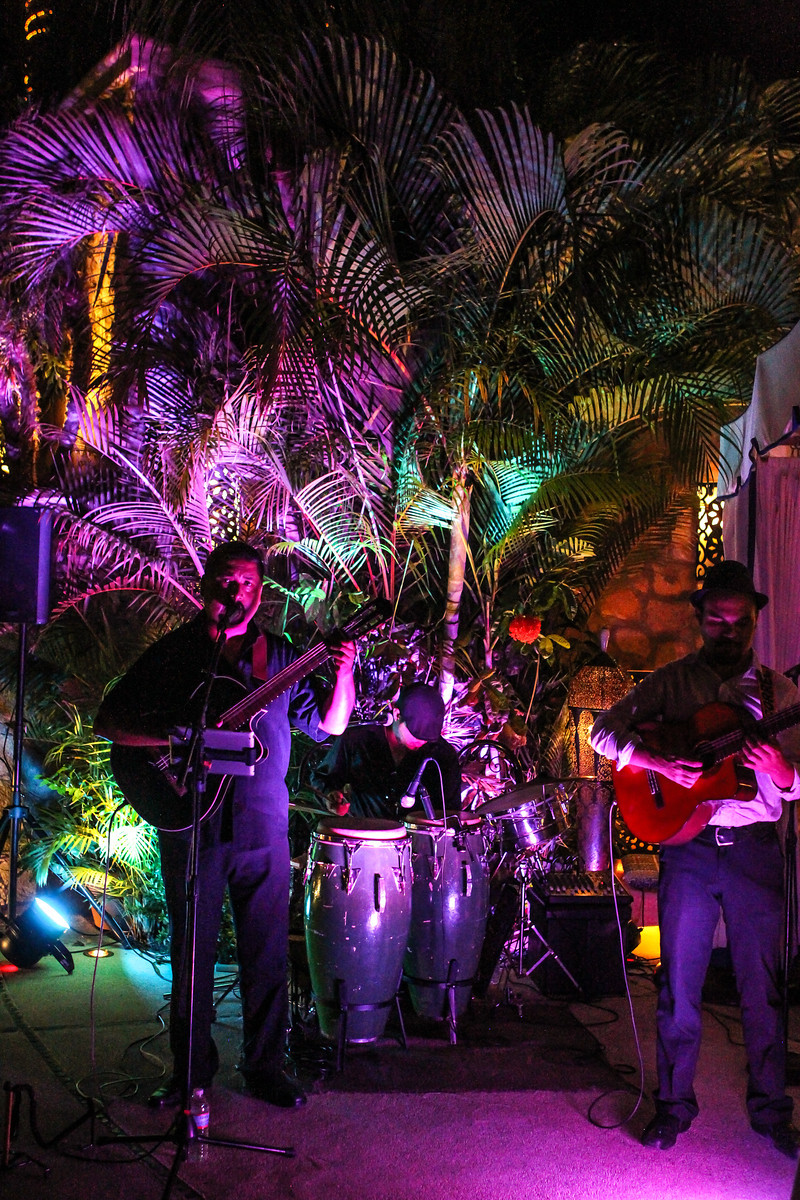
Martinez, Guia Familiar de Baja California 1700–1900.Ī fishing village began growing in the area.

The actual founder of Cabo San Lucas was Cipriano Ceseña in 1788 who arrived from Hermosillo, Sonora.

John Ross Browne says Ritchie arrived there about 1828, while Edwards says that he died in October 1874. However, American authors such as Henry Edwards and John Ross Browne claim that Cabo San Lucas's founder was an Englishman named Thomas "Old Tom" Ritchie. They called the location Yenecamú.Īccording to the narrative of Hatsutaro, a Japanese castaway, in the book Kaigai Ibun (written by Maekawa, Junzo, and Bunzo Sakai and narrated by Hatsutaro), when he arrived at Cabo San Lucas in May 1842, there were only two houses and about 20 inhabitants. When the first Europeans arrived, they encountered the Pericú people, who survived on a subsistence diet based on hunting and gathering seeds, roots, shellfish, and other marine resources. The waters around Cabo are home to marine wildlife including rays, sharks, mahi-mahi (dorado), and striped marlin.Īrchaeological excavations have shown evidence of continual human habitation in the area for at least 10,000 years. The Los Cabos Corridor has become a heavily trafficked vacation destination for tourists, with numerous resorts and timeshares along the coast between Cabo San Lucas and San José del Cabo. Rated as one of Mexico's top tourist destinations, Cabo San Lucas is known for its beaches, scuba diving locations, Balnearios, the sea arch El Arco de Cabo San Lucas, and marine life. Together, they form a metropolitan area of 351,111 inhabitants.

Cabo San Lucas, together with the famous San José del Cabo are collectively known as Los Cabos. As of the 2020 Census, the population of the city was 202,694.

Cabo San Lucas ( Spanish pronunciation:, " Saint Luke Cape"), also known simply as Cabo, is a resort city at the southern tip of the Baja California peninsula, in the Mexican state of Baja California Sur.


 0 kommentar(er)
0 kommentar(er)
